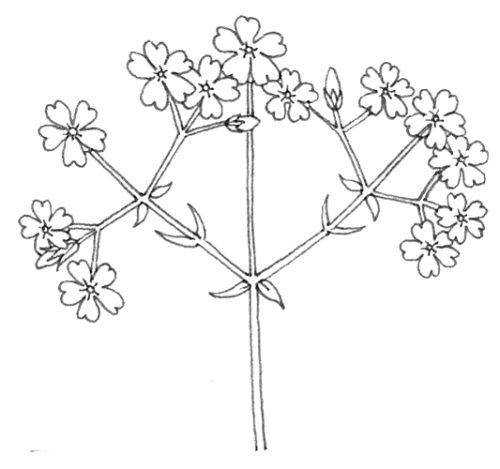

This use is not technically correct, as, despite their 'normal' appearance, these leaves are considered, in fact, bracts, so that 'leafy inflorescence' is preferable. Leafy inflorescences: Though often reduced in size, the bracts are unspecialised and look like the typical leaves of the plant, so that the term flowering stem is usually applied instead of inflorescence.Bracteate inflorescences: The bracts in the inflorescence are very specialised, sometimes reduced to small scales, divided or dissected.Ebracteate inflorescences: No bracts in the inflorescence.According to the presence or absence of bracts and their characteristics we can distinguish: They serve a variety of functions which include attracting pollinators and protecting young flowers. A bract is usually located at the node where the main stem of the inflorescence forms, joined to the rachis of the plant, but other bracts can exist within the inflorescence itself. Considering the broadest meaning of the term, any leaf associated with an inflorescence is called a bract. Inflorescences usually have modified foliage different from the vegetative part of the plant. These structural types are largely based on natural selection. These terms are general representations as plants in nature can have a combination of types. Inflorescences are described by many different characteristics including how the flowers are arranged on the peduncle, the blooming order of the flowers and how different clusters of flowers are grouped within it. 3.2 Meristems and inflorescence architecture.The rachis may be one of several types, including single, composite, umbel, spike or raceme. Inflorescences may be simple (single) or complex ( panicle). The fruiting stage of an inflorescence is known as an infructescence. Any flower in an inflorescence may be referred to as a floret, especially when the individual flowers are particularly small and borne in a tight cluster, such as in a pseudanthium. A flower that is not part of an inflorescence is called a solitary flower and its stalk is also referred to as a peduncle. The stalk of each flower in the inflorescence is called a pedicel. The major axis (incorrectly referred to as the main stem) above the peduncle bearing the flowers or secondary branches is called the rachis. The stem holding the whole inflorescence is called a peduncle. One can also define an inflorescence as the reproductive portion of a plant that bears a cluster of flowers in a specific pattern. The modifications can involve the length and the nature of the internodes and the phyllotaxis, as well as variations in the proportions, compressions, swellings, adnations, connations and reduction of main and secondary axes.

Morphologically, it is the modified part of the shoot of seed plants where flowers are formed. Finding Pactyes and his supporters gone, the first thing he did was to compel the Lydians to carry out Cyrus' orders - as a result of which they altered from that moment their whole way of life he then sent a demand to Cyme that Pactyes should be surrendered, and the men of the town decided to consult the oracle at Branchidae as to whether they should obey.The messengers returned home to report, and the citizens of Cyme were prepared in consequence to give up the wanted man.Aloe hereroensis, showing inflorescence with branched peduncleĪn inflorescence is a group or cluster of flowers arranged on a stem that is composed of a main branch or a complicated arrangement of branches. Pactyes, when he learnt that an army was already on his tracks and near, took fright and fled to Cyme, and Mazares the Mede marched to Sardis with a detachment of Cyrus' troops. In his Histories, Herodotus makes reference to Cyme as being one of the cities in which the rebel Lydian governor Pactyes sought refuge, following his attempted rebellion against the Persian King Cyrus the Great: As a result of their direct access to the sea, unlike most non-landlocked settlements of the ancient world, trade is believed to have prospered. The Aeolians regarded Cyme as the largest and most important of their twelve cities, which were located on the coastline of Asia Minor. Freebase (0.00 / 0 votes) Rate this definition:Ĭyme was an Aeolian city in Aeolis close to the kingdom of Lydia.


 0 kommentar(er)
0 kommentar(er)
